“Ihr Kinderlein, kommet” im Satz für polyphonen Obertongesang in einer Neufassung mit Keyboard-Begleitung von Michael Reimann.
Als ich 1984 meine polyphonen Obertongesangsstil entwickelte war”Ihr Kinderlein, kommet” eines der ersten Lieder, die ich mit wechselnden Grundtönen sang.
Ich singe hier eine einfach zu lernende Fassung mit nur drei Grundtönen, die Du am schnellsten durch Mitsingen lernst. Die Noten dazu kannst Du Dir hier kostenlos herunterladen:
Text:
1. Ihr Kinderlein, kommet, o kommet doch all’!
Zur Krippe her kommet in Betlehems Stall
und seht, was in dieser hochheiligen Nacht
der Vater im Himmel für Freude uns macht.
2. O seht in der Krippe, im nächtlichen Stall,
seht hier bei des Lichtleins hellglänzendem Strahl,
den lieblichen Knaben, das himmlische Kind,
viel schöner und holder, als Engelein sind.
3. Da liegt es – das Kindlein – auf Heu und auf Stroh;
Maria und Josef betrachten es froh;
die redlichen Hirten knie’n betend davor,
hoch oben schwebt jubelnd der Engelein Chor.
4. Manch Hirtenkind trägt wohl mit freudigem Sinn
Milch, Butter und Honig nach Betlehem hin;
ein Körblein voll Früchte, das purpurrot glänzt,
ein schneeweißes Lämmchen mit Blumen bekränzt.
5. O betet: Du liebes, Du göttliches Kind
was leidest Du alles für unsere Sünd’!
Ach hier in der Krippe schon Armut und Not,
am Kreuze dort gar noch den bitteren Tod.
6. O beugt wie die Hirten anbetend die Knie,
erhebet die Hände und danket wie sie!
Stimmt freudig, ihr Kinder, wer wollt sich nicht freu’n,
stimmt freudig zum Jubel der Engel mit ein!
7. Was geben wir Kinder, was schenken wir Dir,
du Bestes und Liebstes der Kinder, dafür?
Nichts willst Du von Schätzen und Freuden der Welt –
ein Herz nur voll Unschuld allein Dir gefällt.
8. So nimm unsre Herzen zum Opfer denn hin;
wir geben sie gerne mit fröhlichem Sinn –
und mache sie heilig und selig wie Dein’s,
und mach sie auf ewig mit Deinem nur Eins.
Melodie: Johann Abraham Peter Schulz 1794. Text: Christoph von Schmid 1798. Video: Falling snow by Matt S – CC BY 3.0, Artikelbild: pixabay CC0.



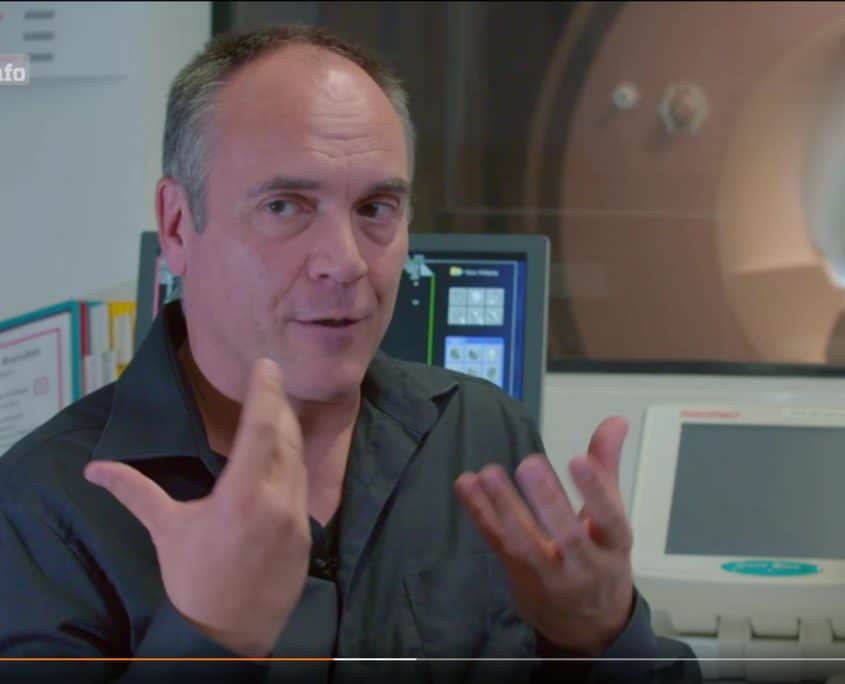

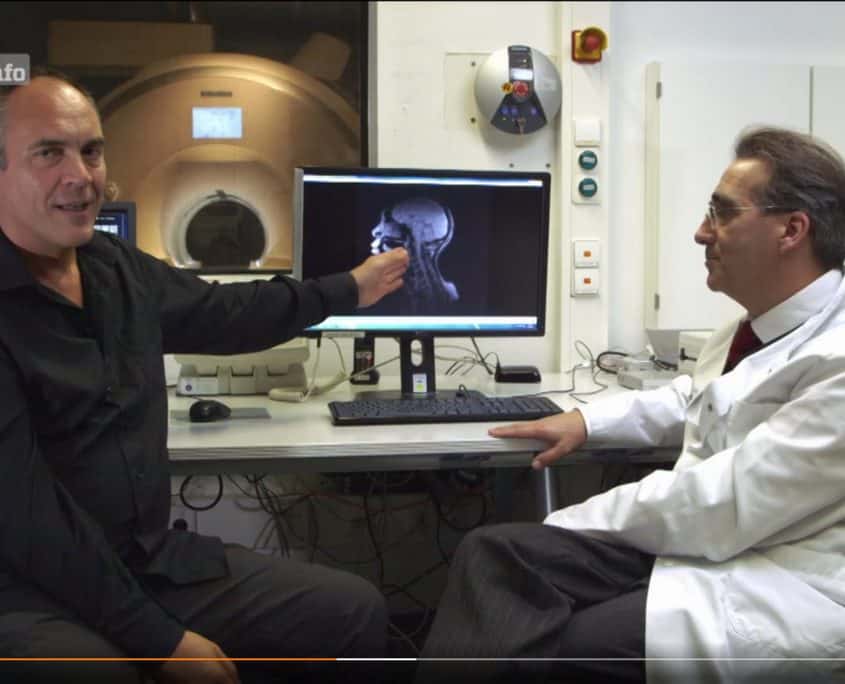
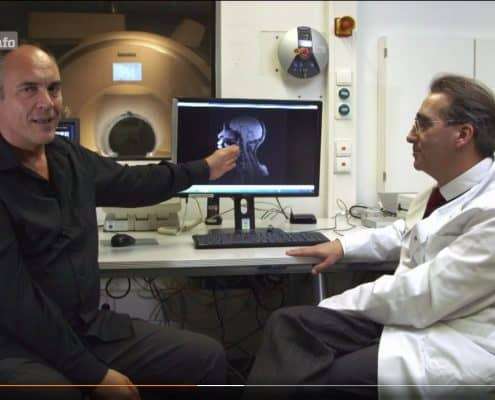
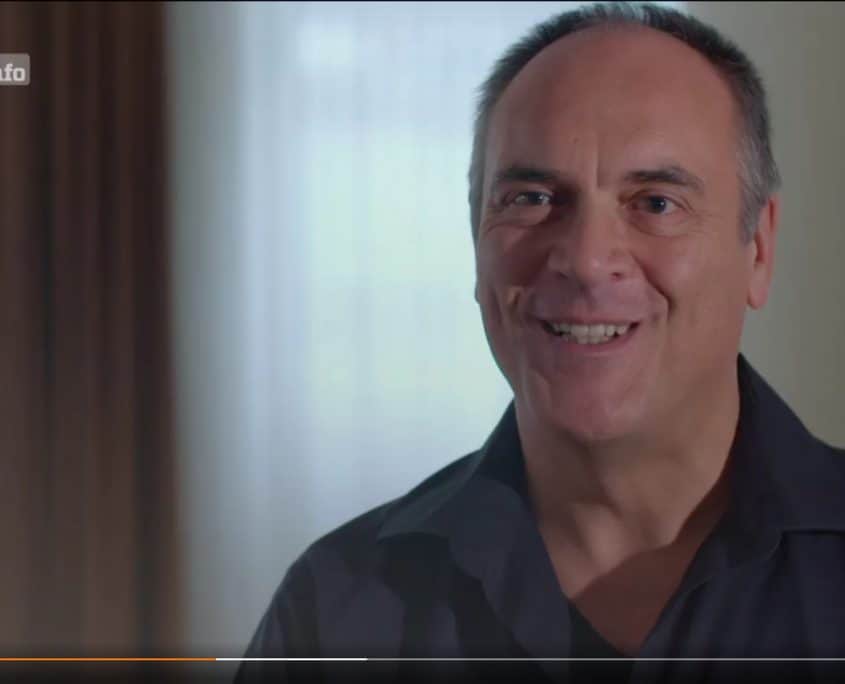
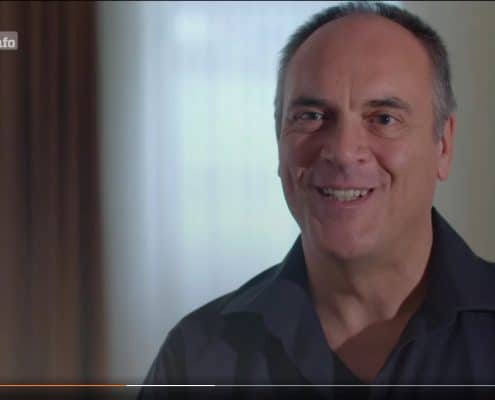
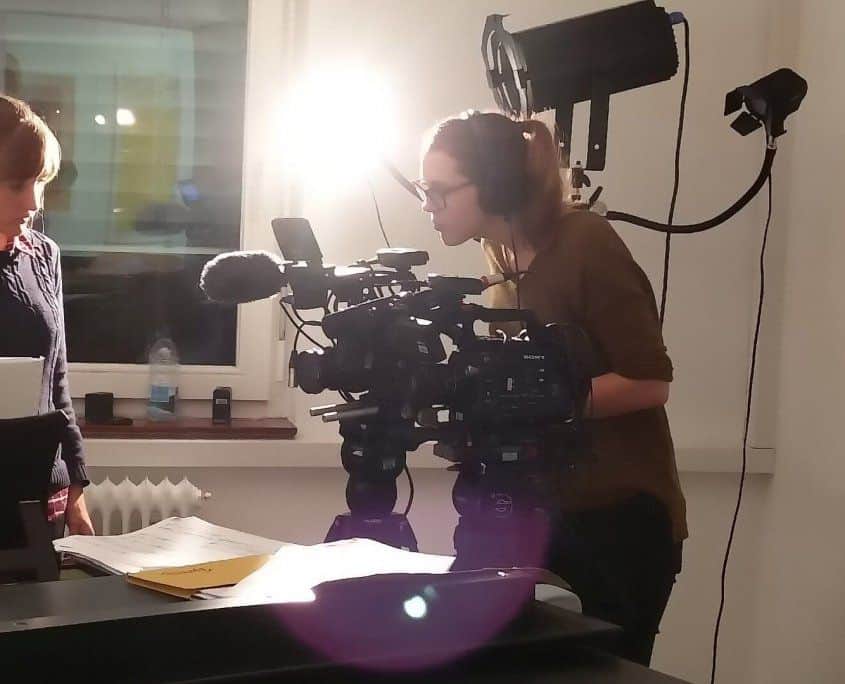
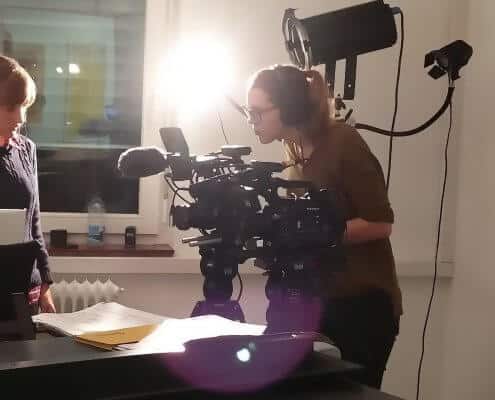
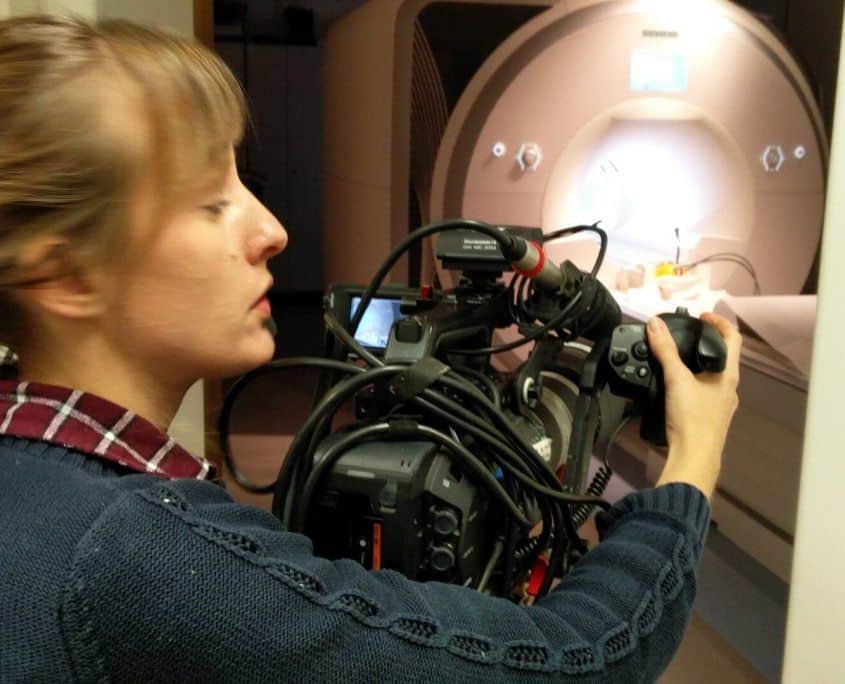
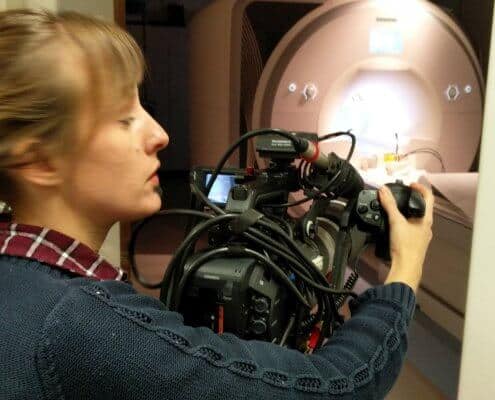
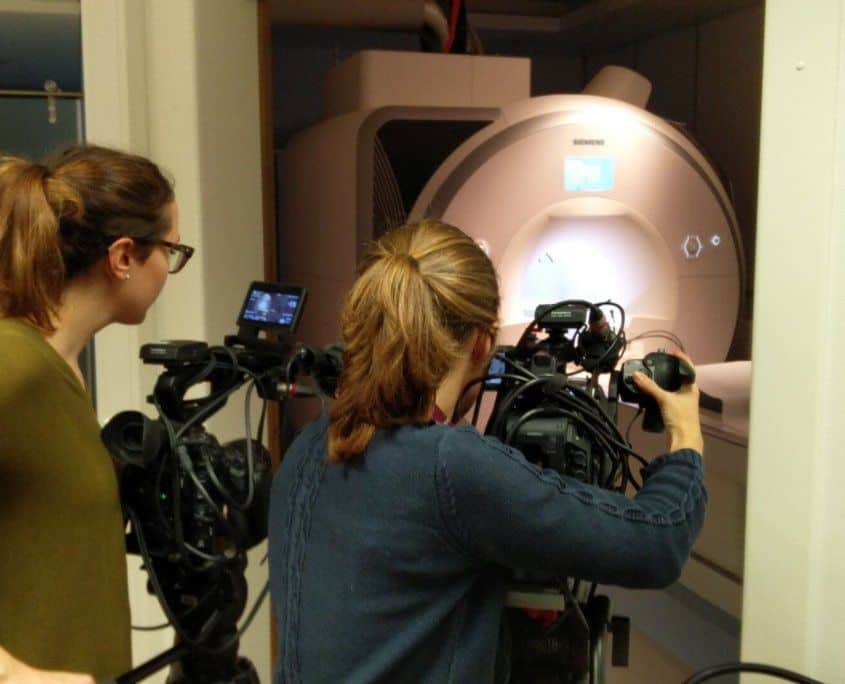
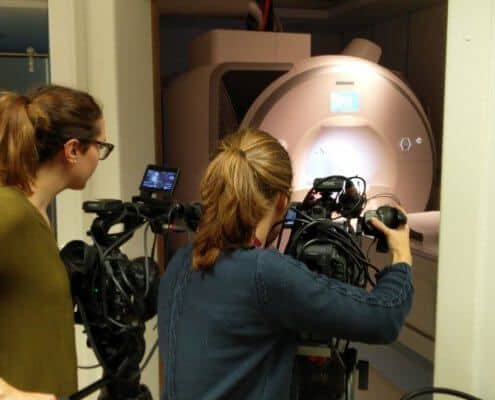
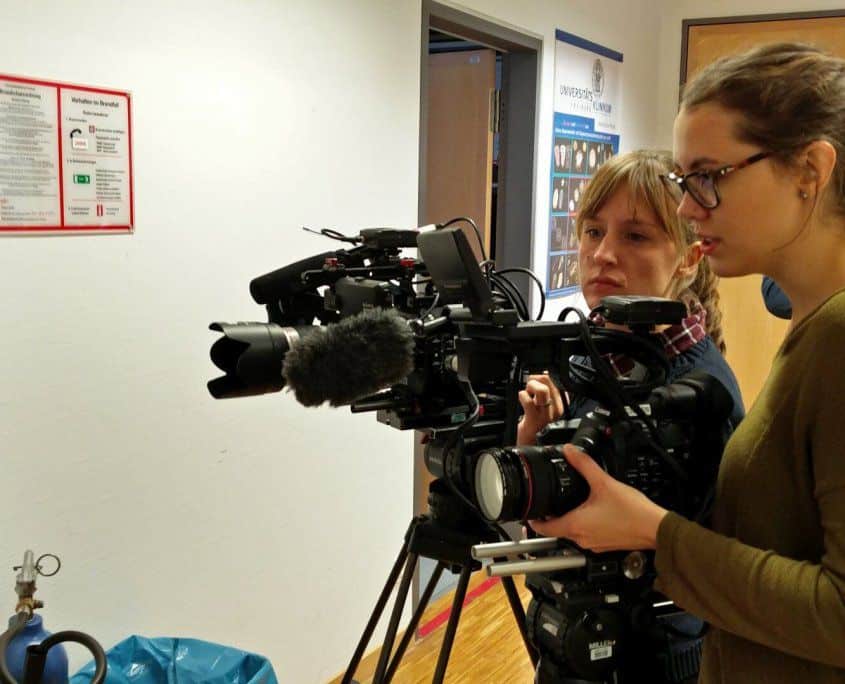
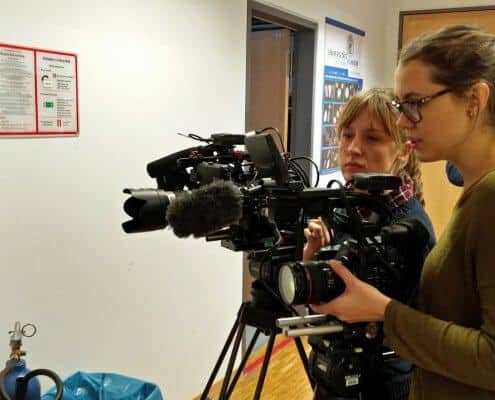


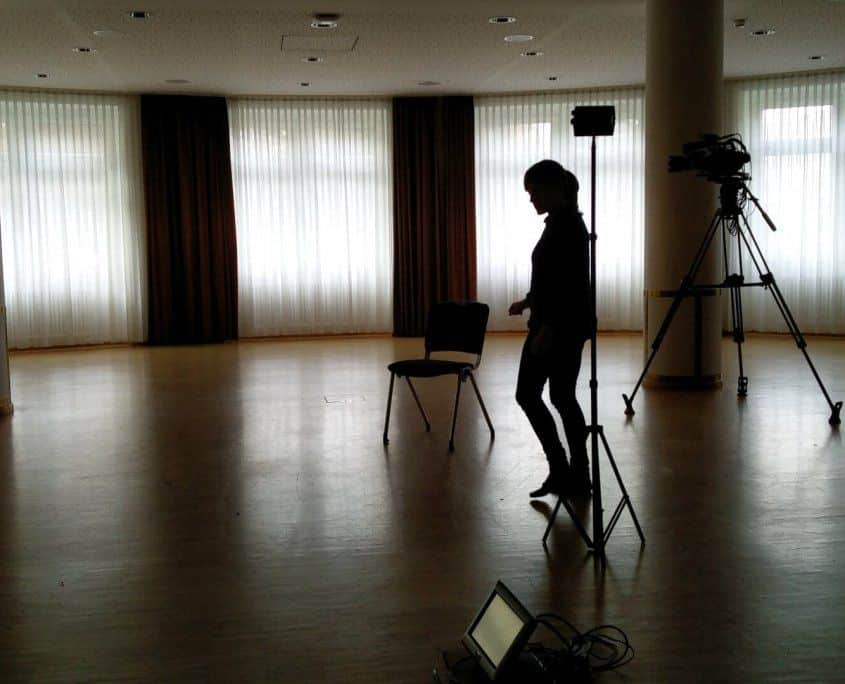
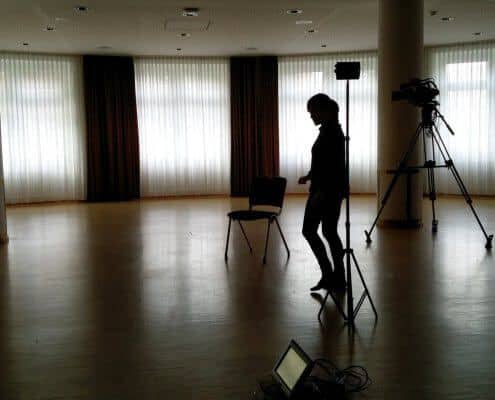
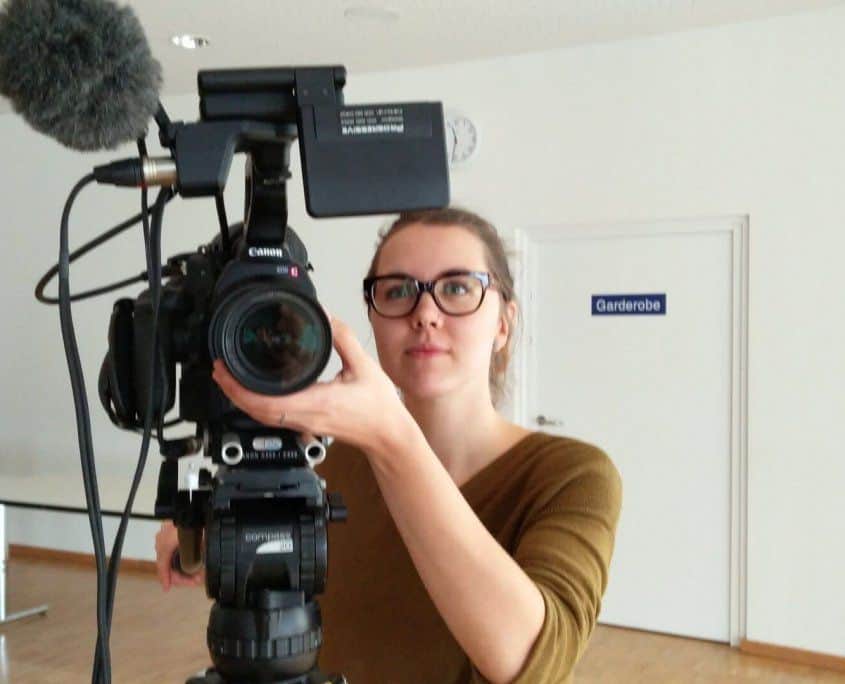
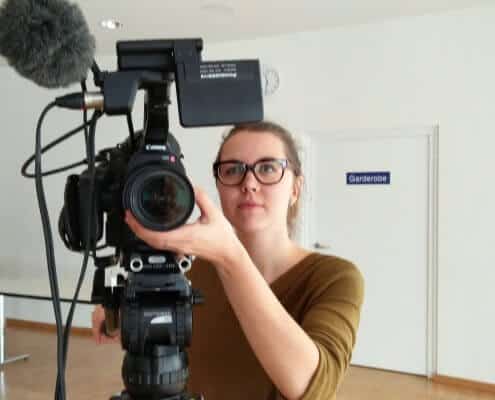
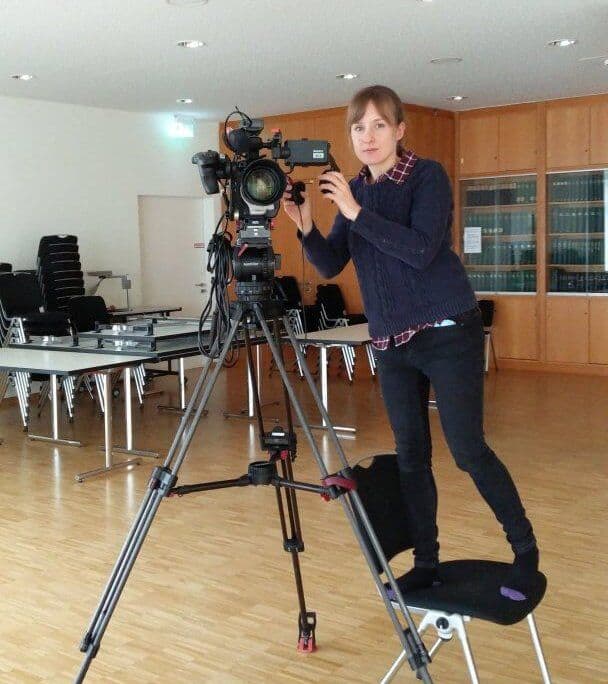
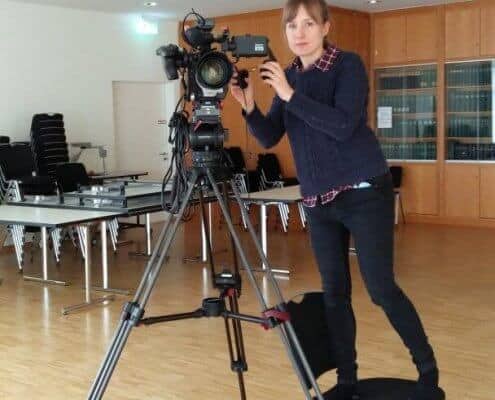



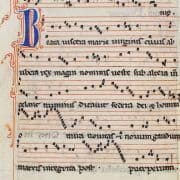
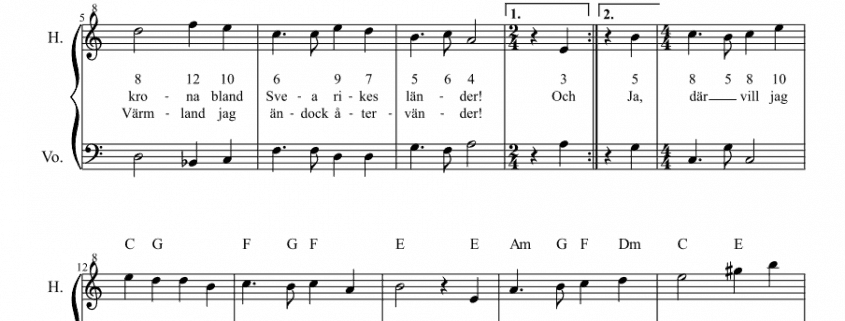


Recent Comment